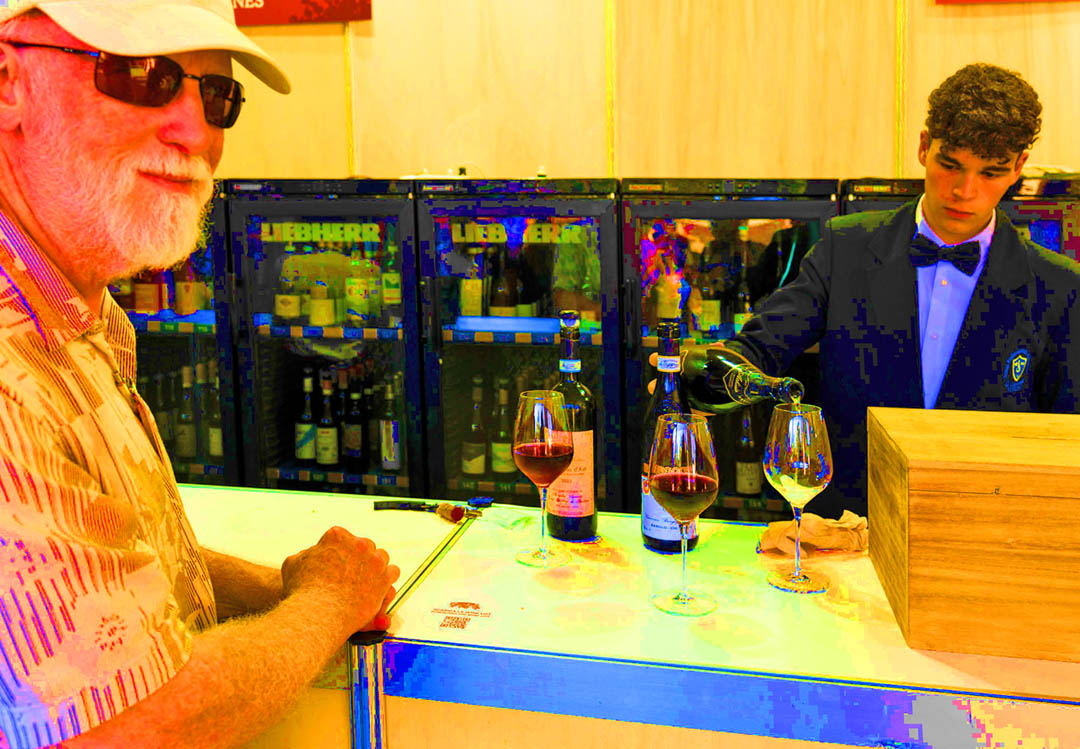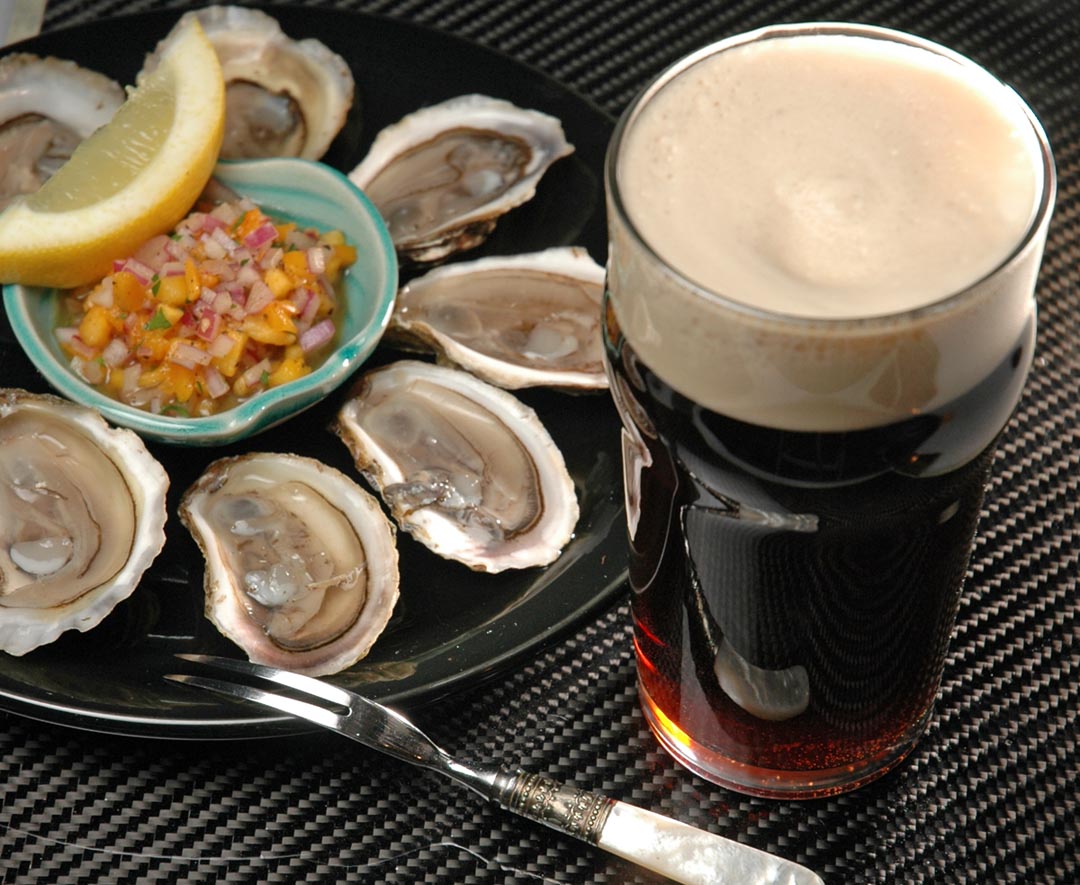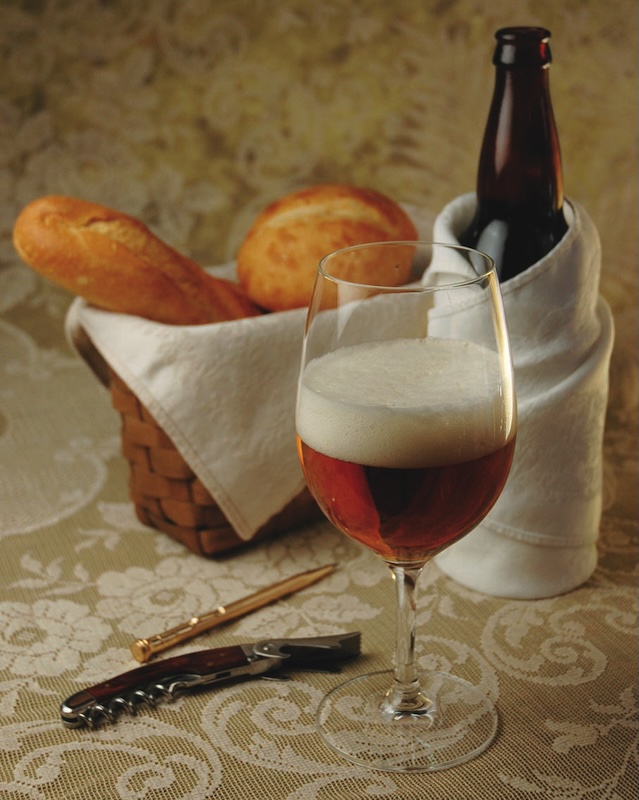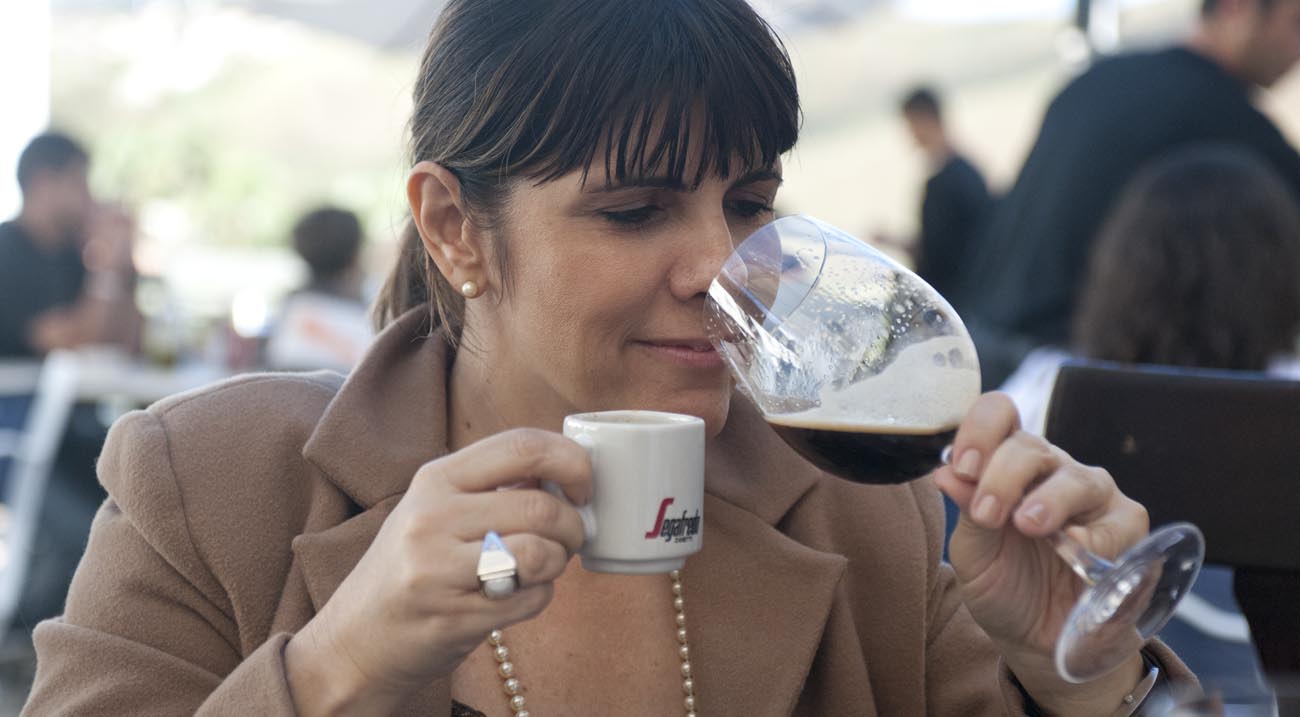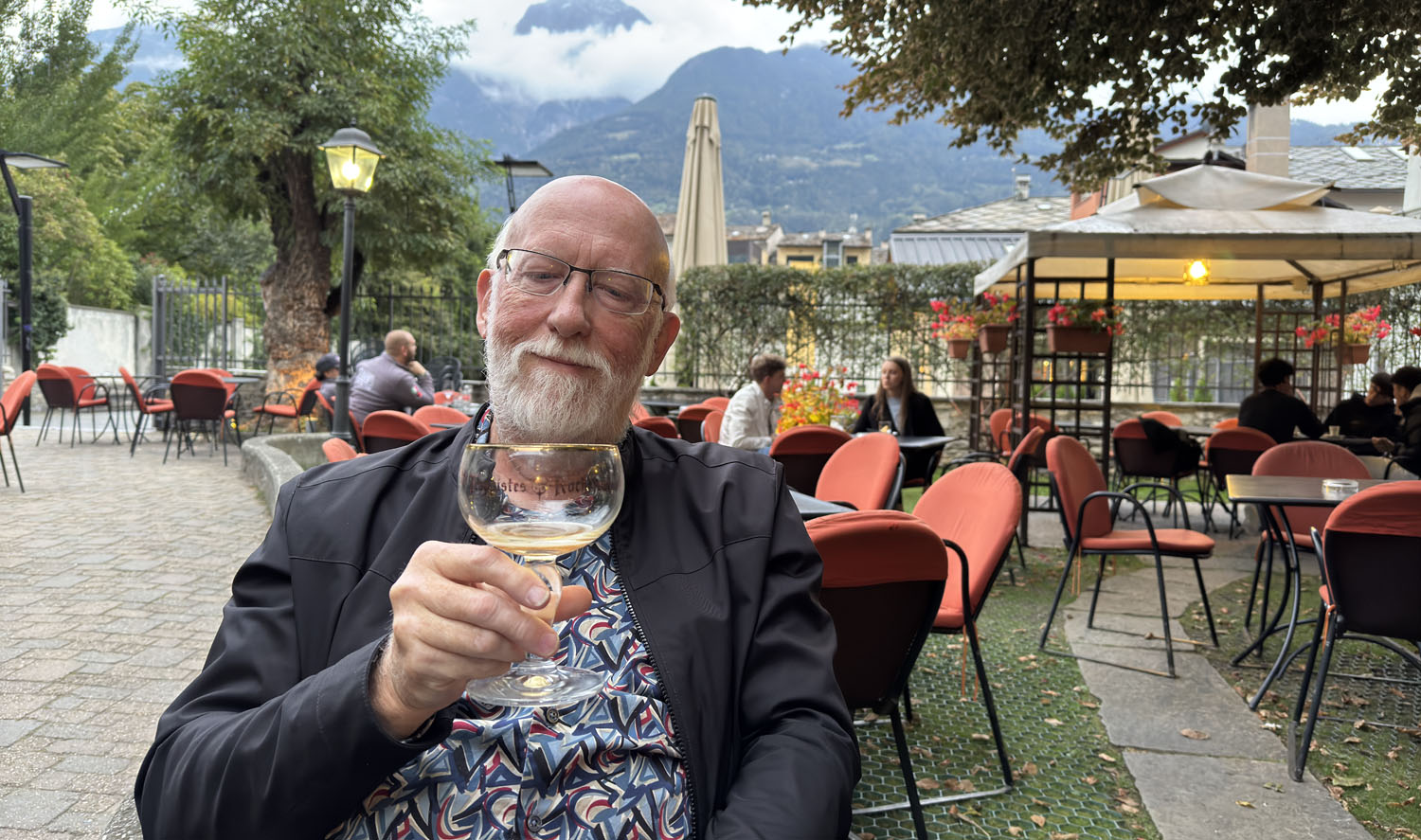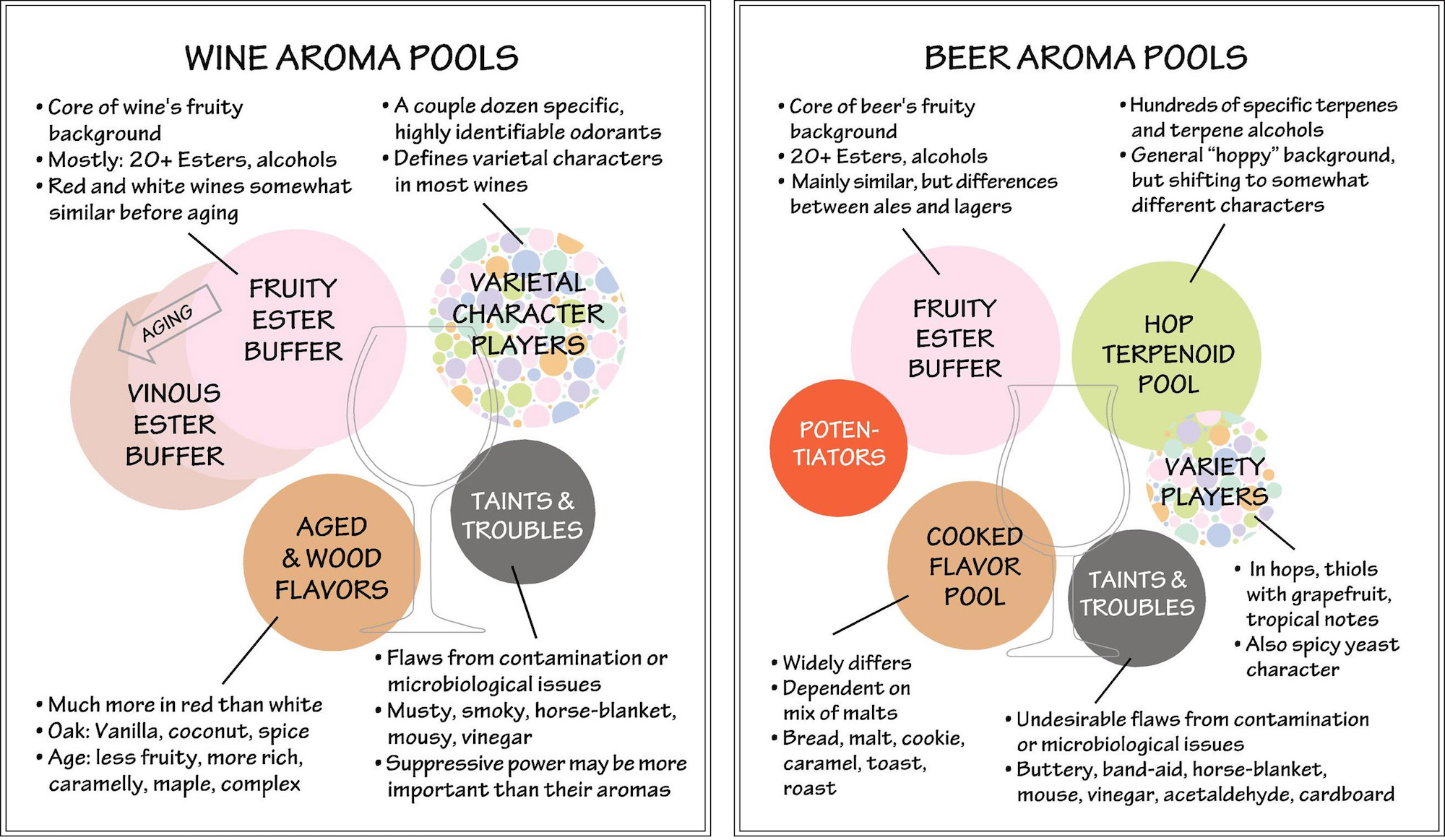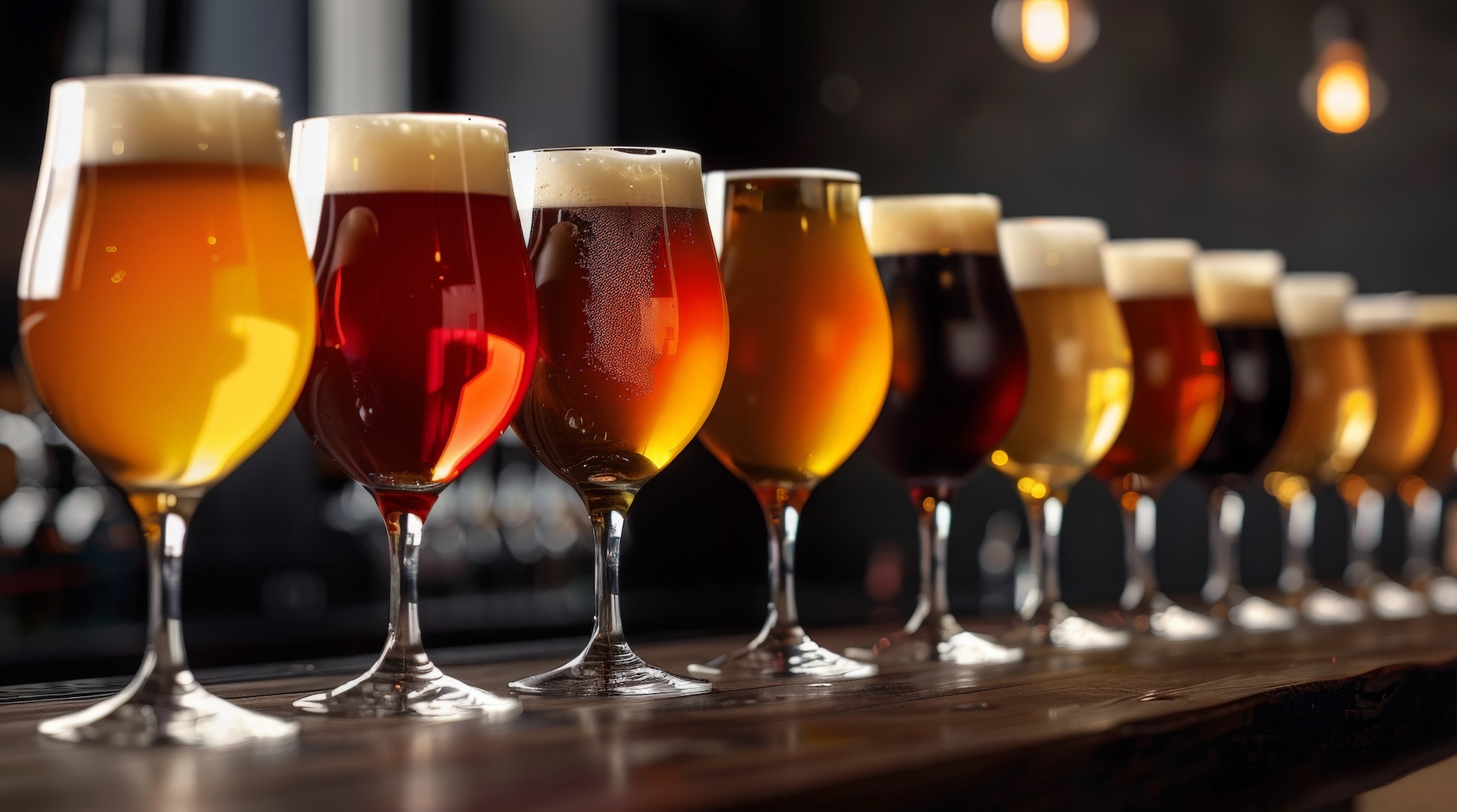“White peaches” — An Interview with Wine Economist Robin Goldstein
I was a wine and food critic and writer before the Wine Trials (Book: The Wine Trials, a cross-country experiment in blind wine tastings), and was trained as a sommelier. I really felt I was not a snob or a bullshit artist. But after the trials, it became apparent to me that there was absolutely no relationship between wine price and drinker preference, except maybe that most people preferred inexpensive wines to expensive ones.

